Photos of Unusual Masks Seen in the Coronavirus Pandemic
![]()
Sherry walks up to me on an abandoned street in the Meatpacking District, and in spite of it being a warm, springlike Saturday morning, there isn’t a soul around. She’s wearing a silver sequin dress, massive silver sequin boots, and a silver-sequined, homemade double-cloth mask over her face, stitched together from an old boyfriend’s T-shirt and a bygone dress.
For much of this pandemic, I’ve been stringing for Getty Images, covering the various beats of New York City life, making pictures of the doldrums of an energetic place: gone, the crowds of Times Square, absent, the traffic, shuttered, the museums, available, the parking. Without the restaurants, the art, the culture, and the people, New York has been reduced to a sort of postmodern Rick’s of Casablanca, where everyone waits, and waits, and waits, but where they also pay too much rent.
Going from location to location — this is code for hospital to hospital, the ghoulish requirement that now occupies most of New York’s news shooters — I began to notice that, well, there were still a few diamonds out there in the rough: people using the occasion as an excuse to wear unusual masks, creative outfits, and nevertheless demand attention from a quiet world that had none to give them.
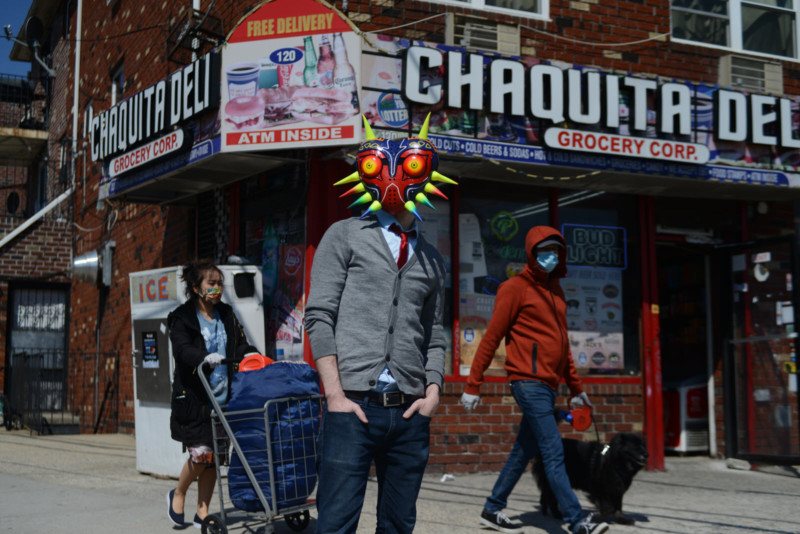
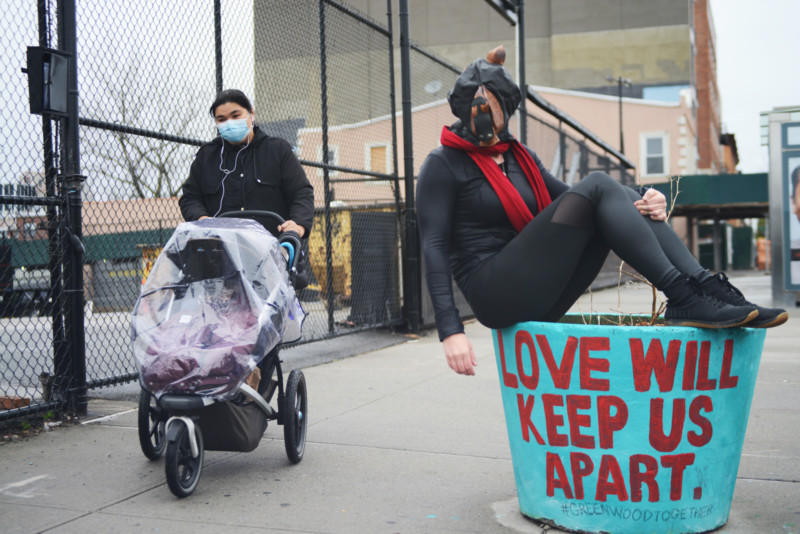
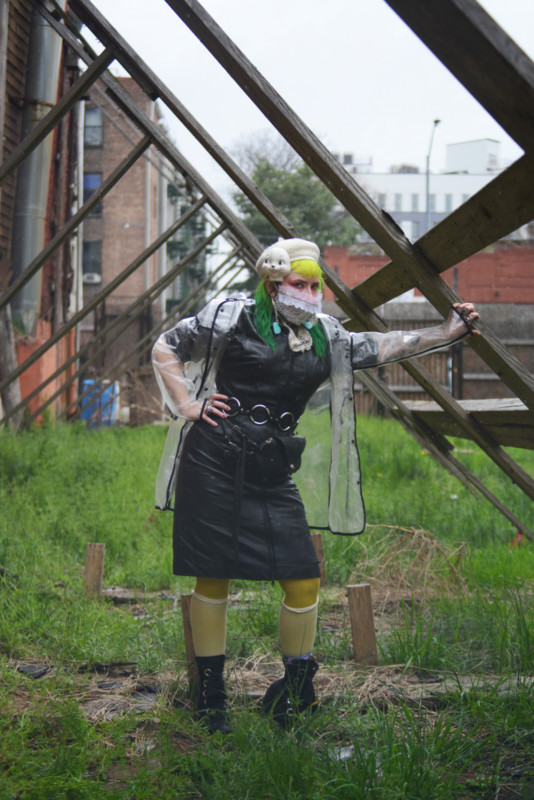
Everybody’s a little bit wary on the streets of New York, of late. I’ve seen more fights in the last forty days than in the last ten years, been threatened more times in the last forty days than in my life entire, but I found that the weirdos — already and always the best New York has to offer — do not disappoint.
I’d stop them, explain that I was looking for a little joy, and make arrangements to photograph them when I wasn’t quite so busy waiting for beleaguered hospital workers to shuffle sick people around. Almost everybody I stopped said yes.
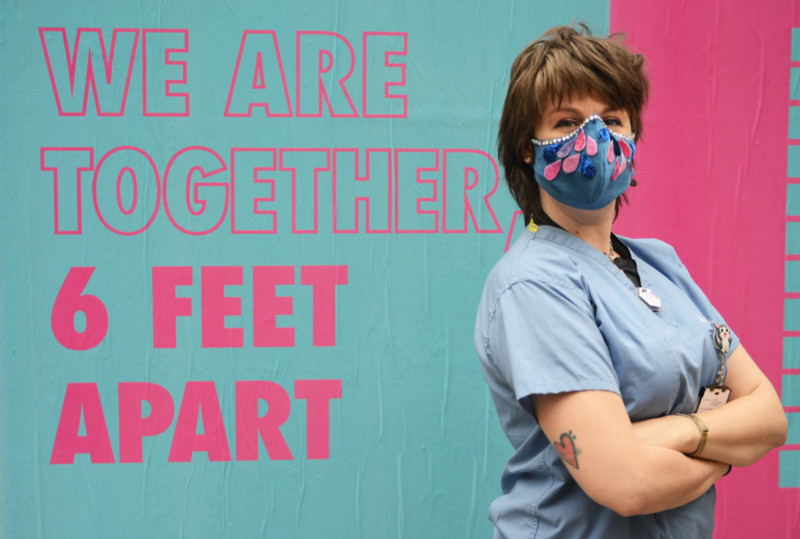
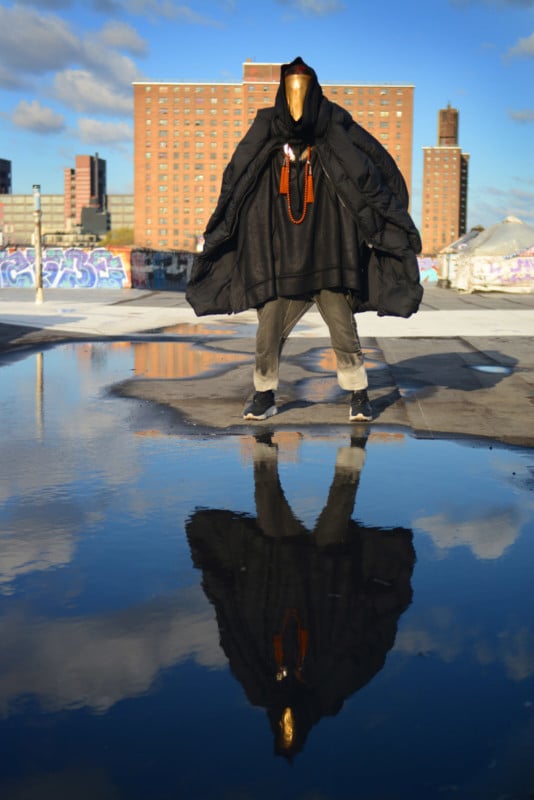
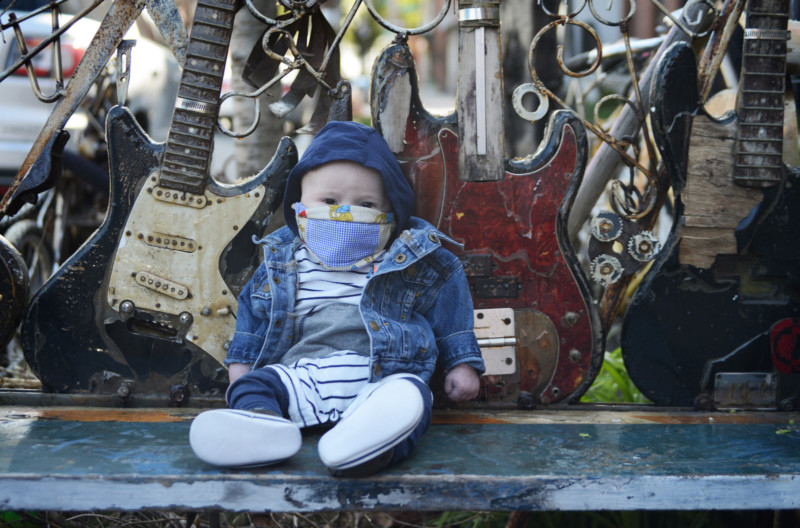
We’d meet in a vaguely clandestine manner, always near their homes, always somewhat comically far apart, me shouting directions, them shouting back answers. Simple adjustments — “hey, lemme fix your mask a second” — became impossible, but we all made do.
They were happy to be seen and I, sick and tired of the sick and tired, was happy to see anything else. It grew on a network of recommendations, as New York is the world’s biggest small town: yes, there were a few people I already knew, like the subway motorman I’d heard was shuttling empty trains around the Brooklyn yards dressed as a medieval plague doctor for fun, but far more still that came as suggestions. Everybody seemed to have somebody they knew who was also using the occasion as an excuse to pep up.
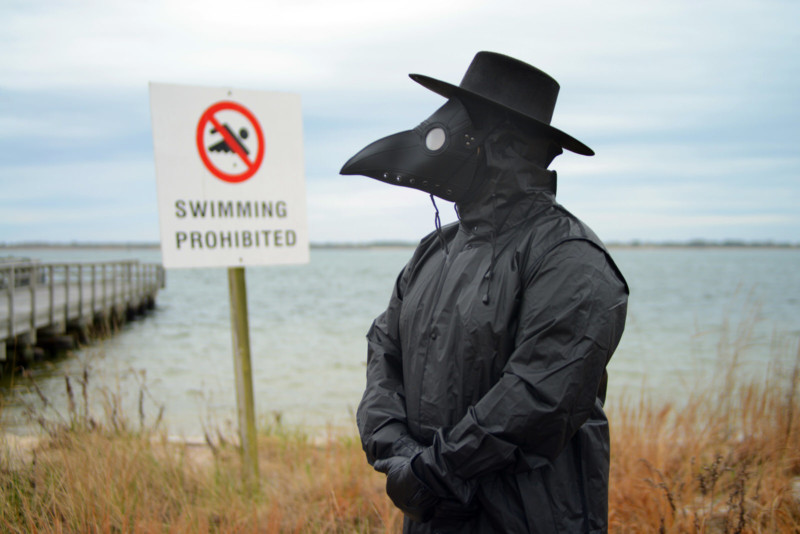
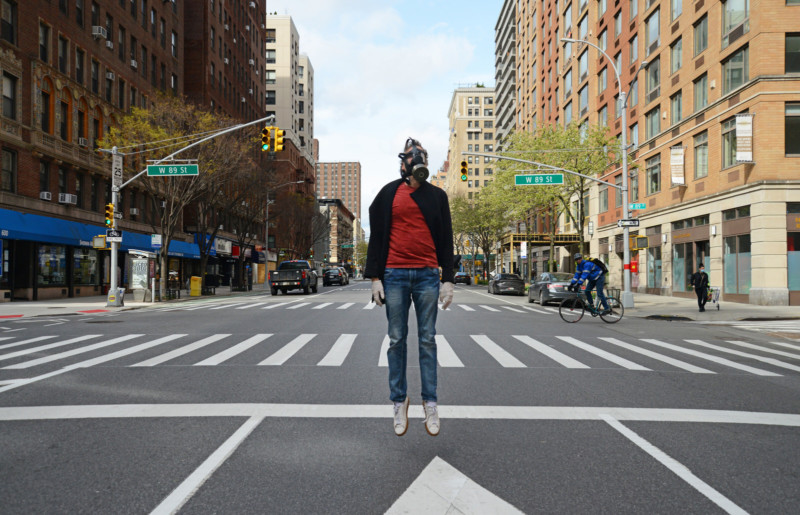
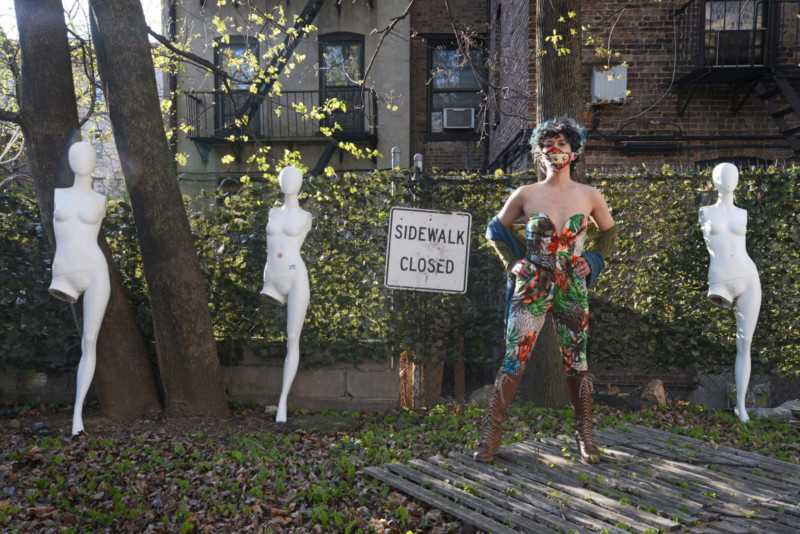
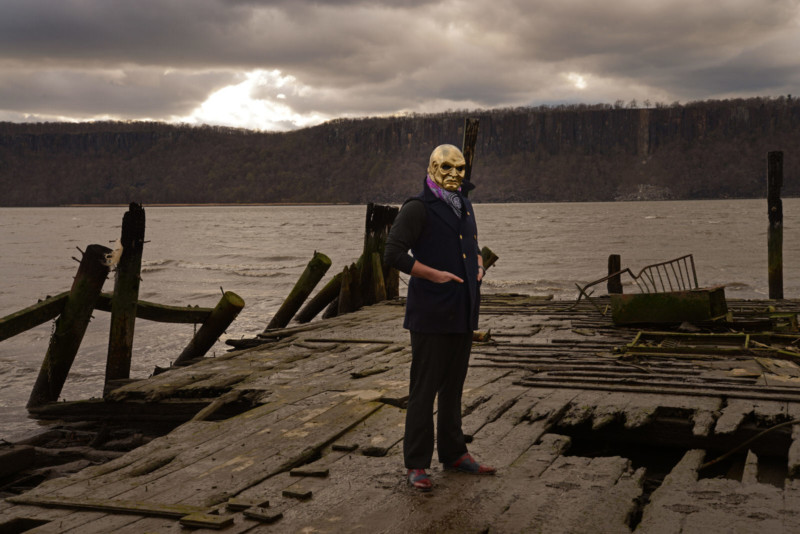
Some dressed for flair, some for safety, and some as a signal. I met up with Angelina, a museum curator, on the steps of what have now become the wasteland front steps of the Metropolitan Museum of Art. She was wearing a perfectly-too-tight N95 mask with a Mexican wrestling mask over it, as has become her occasional custom on the rare moments she steps away from her Upper East Side apartment.
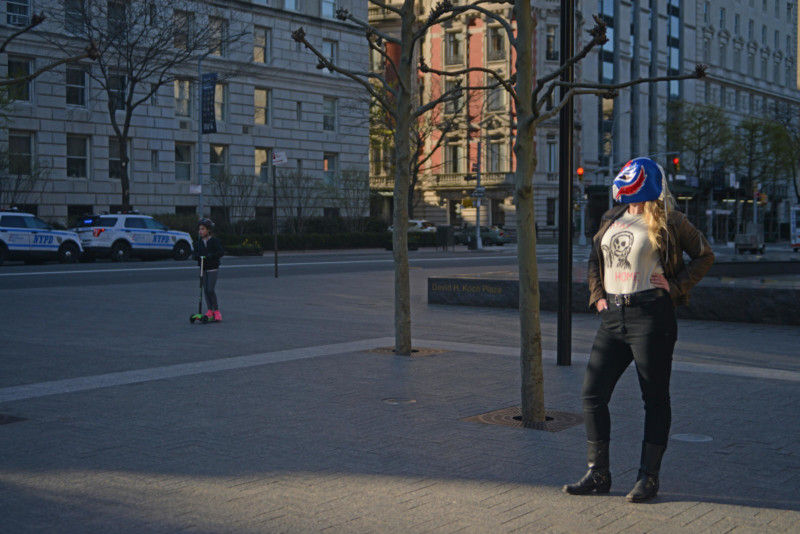
“I wear a mask to tell everyone I can go out,” she told me, as a gawking woman with a stroller snailed past us, “and I wear a lucha libre mask to tell everyone they can go away.”
About the author: B.A. Van Sise is an internationally-known photographer and the author of the interdisciplinary photo book “Children of Grass,” proclaimed “the year’s most startlingly original, remarkable book” by Joyce Carol Oates in the Times’ Books of the Year 2019. The opinions in this article are solely those of the author. Van Sise’s visual work has previously appeared in the New York Times, Village Voice, Washington Post, and BuzzFeed, as well as major museum exhibitions throughout the United States, including Ansel Adams’ Center for Creative Photography, the Peabody Essex Museum, and the Museum of Jewish Heritage; a number of his portraits of notable American poets are in the permanent collection of the Smithsonian’s National Portrait Gallery. His written work has appeared in Poets & Writers, the Southampton Review, Eclectica, and the North American Review. You can find more of his work on his website.